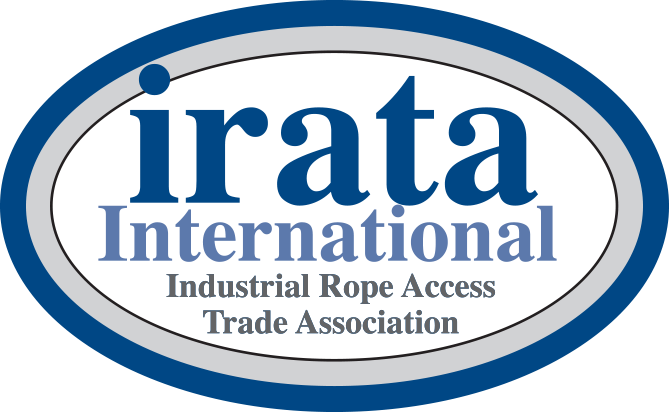ROPE
ACCESS
INFORMATION ABOUT ROPE ACCESS
As the built environment rapidly develops and the demand for maintenance in the offshore sector increases, so does the need for a safe, versatile and cost effective means of access to hard to reach workplaces.
The demand for skilled rope access technicians continues to grow in numerous industries, many of which require access to great heights or confined spaces. Rope access methods continue to meet ever-growing industry needs for safe, effective and efficient work-at-height requirements.
Rope access is a form of work positioning in which workers with different skillsets utilise ropes and associated equipment to gain safe access and egress, efficiently with cost effective minimal impact on other operations. The use of rope access has facilitated the undertaking of major projects that have historically been beyond the reach of other access methods.
A fundamental principle of IRATA’s rope access method is double protection; it necessitates that a rope access technician must be connected to at least two independent points of attachment; one primarily as a means of access, egress and support (the working line) and the other as an additional back-up security (the safety line).
More information on the IRATA rope access method and IRATA training standards can be found here.
Examples of industry application of rope access can be seen in the gallery below.

